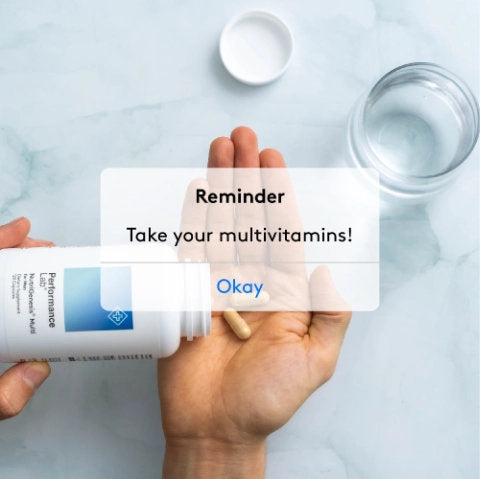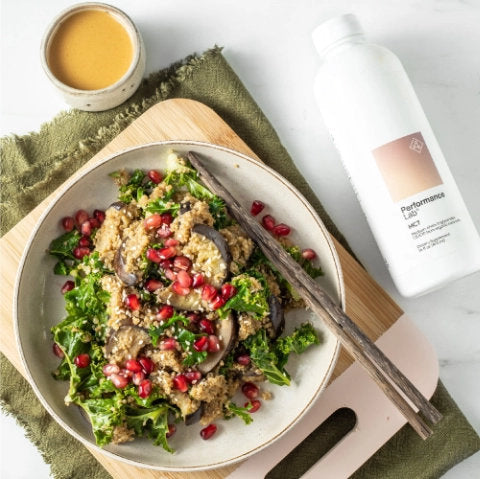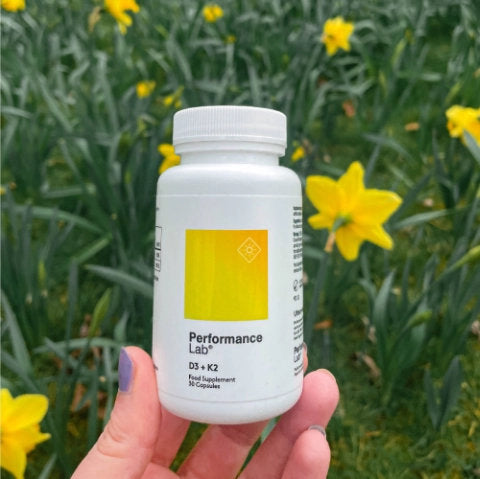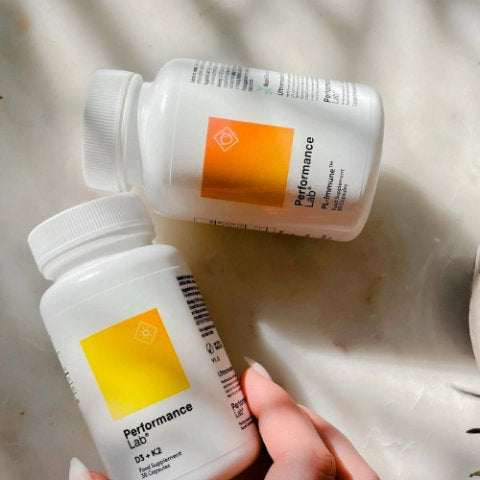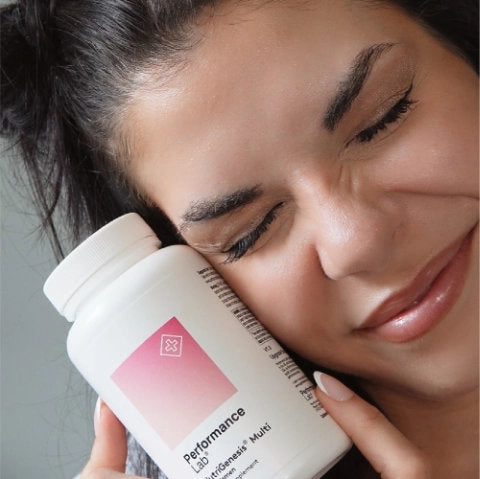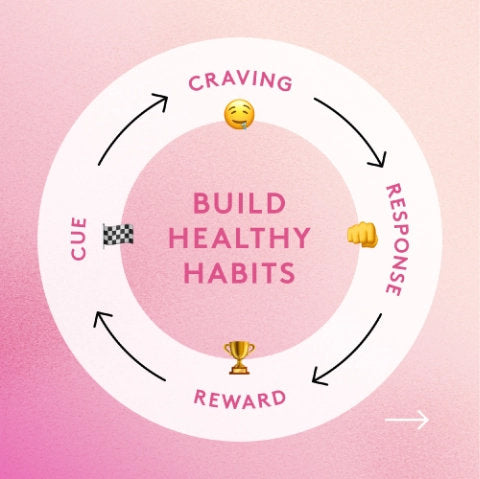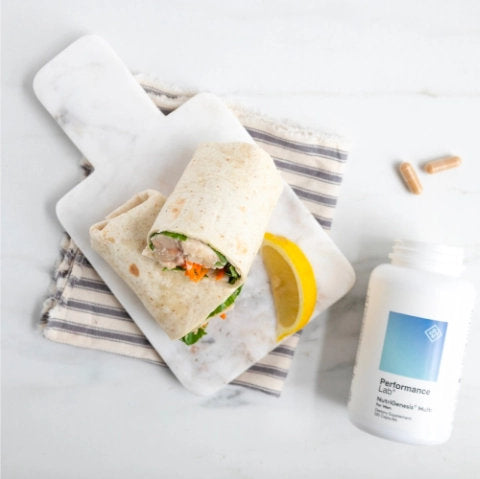How the performance benefits of protein can power you to your muscle-building and fat loss goals
Looking to shred fat…? Build muscle…? Both…? Protein is the essential nutrient to support your plans.
Protein can be found in a broad range of animal and non-animal foods. It supports a balanced and healthy diet, protecting organs, skin, muscle and bones. So is a key factor in body composition.
The latest research suggests that high-protein diets lead to lower body fat and more muscle mass. Which is music to our ears, right?
So let’s take a closer look at the performance benefits of protein – and how it can help you sculpt the physique you want.
Contents:
What is protein?
- The benefits and functions of protein
- Protein structure: peptides and amino acids
- Complete and incomplete protein sources
- Protein quality measurements
Higher protein intake supports healthy fat loss
- Combining high protein diets with resistance training
- How much protein to support fat loss?
Protein recommendations for muscle building
- Muscle protein synthesis – the key to muscle growth
- How muscle protein synthesis affects muscle growth?
- How much protein is required for muscle gain?
First things first…
What is protein?
In this section, we’ll be looking at:
- The benefits and functions of protein
- Protein structure: peptides and amino acids
- Complete and incomplete protein sources
- Protein quality measurements
Protein really is the key to a leaner, stronger and healthier physique
The human body needs energy from food to function and survive. That energy is provided by carbohydrates, fats and proteins. You need all these nutrients in large amounts on a regular, intermittent basis to promote health and optimal performance.
While carbs function to provide immediate energy during intense exercise, and fats help to support temperature regulation and peptide hormone production. Protein has its own series of important benefits.
Protein benefits and functions
Protein is classed as an essential nutrient. It’s an important component of all cells in your body. And provides the building blocks of practically all living tissue – from muscle and hair, to hormones and immune cells.
Here are some of the most important functions and benefits that this macronutrient provides:
Growth, maintenance of muscle and repair from damage: Proteins make up the structure of all cells in your body, helping to regulate their integrity and promote development.
Hormone production: Some hormones are produced from proteins e.g. insulin, growth hormone, oxytocin and the appetite regulating hormone, leptin.
Enzyme production: Biological molecules that regulate chemical reactions in your body are called enzymes. While some enzymes are derived from RNA molecules, most are formulated from proteins.
Immunoglobulin production: Also known as antibodies, immunoglobulins are used by the immune system to fight off pathogens, bacteria and viruses.
Protein structure: Peptides and amino acids
If you were to take some protein and look at it under a microscope, you’d see that it was made up of individual acids, strung together like a beaded necklace. This structure allows the formation of large, complex molecules.
Amino acids are often referred to as the building blocks of protein molecules as they provide the structural units (called monomers) of the nutrient. Following the ‘beaded necklace’ analogy, amino acids are the actual beads.
Peptides are short polymer chains that allow a series of amino acids to join together. When longer peptide polymers combine, they form polypeptides, or proteins.
Amino acids are important when it comes to understanding the benefits and functions of protein in your diet. While there are hundreds of different combinations of amino acids and peptide chains, there are only a handful of actual proteinogenic amino acids – 20 in total.
They can be split into two categories:
- Essential amino acids: Those which need to be obtained from food.
- Non-essential amino acids: can be manufactured by the body if absent from the diet.
There are nine essential amino acids in total. These include phenylalanine and lysine, as well as the three branched-chain amino acids (BCAAs) leucine, isoleucine and valine. To optimize health and performance, it’s important you get enough of these through protein in your diet. Remember, your body can’t make them!
The remaining 11 amino acids are non-essential. This means that the human body can make them if needed. However, your body still prefers to obtain them from protein as it requires less energy. Alanine, arginine, glutamine and tyrosine are all non-essential.
NOTE: Some textbooks suggest there could be 22 amino acids in total.
Each of the 20 amino acids has its own role and function in supporting overall wellness. Therefore, a healthy diet should be rich in all 20 amino acids
Complete and incomplete protein sources
All foods can be rated on their quality based on their amino acid content. Those that contain all eight essential amino acids are referred to as complete proteins. They provide everything the body needs to carry out all essential health-promoting roles.

Complete protein sources include:
- Animal meats
- Dairy
- Soy
- Mycoprotein
- Buckwheat
Foods that contain only a few (or missing at least one) essential amino acids are called incomplete proteins. These include:
- Grains
- Nuts, seeds and legumes
- Vegetables
It’s important to note that combining incomplete proteins will still provide all essential amino acids in the diet. For example, combining bread and bean, or seeds and legumes hits all required amino acids to promote muscle growth and support optimal hormone production.
Higher protein intake supports healthy fat loss
Now let’s move on to fat loss. In this section we’ll cover:
- Combining high protein diets with resistance training
- How much protein to support fat loss?
Protein helps fight the war against excess body fat
We all want to shred body fat, be athletic and look good. And according to research, protein may well be the key nutrient to support that journey.
When it comes to successful fat loss, calories are key
Without achieving a calorie deficit – that is, burning more than you consume - you just can’t trigger the metabolic changes required to break down stored fat to use for fuel. It doesn’t matter how ‘clean’ or ‘healthy’ your food choices are, without that deficit you’ll fail in your body composition quest.
High-protein diets are great for fat loss for several reasons.
Overweight adults who restrict calories (by up to 40%) while on a high-protein diet have been shown to lose significant body fat1 – without any training.
An interesting study tracked over 40,000 men and women across a five-year period and found that those who achieved higher protein intakes had lower levels of abdominal fat2 when compared to other diets.
In other words, protein was inversely related to calorie intake. So more protein means less belly fat.
Not only that, higher protein intakes have been shown to positively influence appetite3 resulting in lower overall calorie consumption. Interestingly, appetite control appears to be similar when protein is obtained from either animal or plant sources.4
During restrictive diets, muscle loss can be a concern as less lean tissue is associated with a lower metabolic rate. But higher protein intakes during hypocalorific dieting has been shown to protect against muscle loss5 and provide a greater stimulus for shredding fat.
Finally, long-term studies show that lower fat, higher-protein diets over a six-month period result in greater fat loss6 – 9.4 kg compared to 5.9 kg in a medium-protein group.
Combining high protein diets with resistance training
Eating foods that are rich in protein while in a calorie deficit is a great starting point for healthy fat loss. But if you really want to accelerate changes to your body, combine that strategy with resistance training.
Several studies have shown that lifting weights while on a high-protein diet will accelerate fat loss.
Respected sports author, nutrition expert and fitness enthusiast Lars L. Andersen conducted a test of more than 20 men over a 14-week strength program, combining diets of either protein or carbs. It was the protein group that experienced the most fat loss.7
Similarly, a large-scale meta-analysis study published in the American Journal of Clinical Nutrition reported significantly higher rates of fat loss8 when resistance training was supplemented with protein compared to a placebo.
Combining higher protein, hypocalorific diets with resistance-based exercise is key for developing a healthy body composition
Recommended protein intake to support fat loss
General advice states that protein intakes of 25 - 30% of total calories9 are optimal for fat loss. This allows you to adapt specific intakes around your calorie deficit.
However, when training, more specific research10 suggests you should aim for protein intakes of two to three times higher than the recommended daily amount for sedentary individuals. Regardless of whether your calorie deficit is aggressive of modest.
That equates to around 1.6-2.4 grams per kilogram of body weight.
With more aggressive deficits you are at risk of muscle loss, so aiming for a higher proportion of calories from protein will help protect and preserve muscle. Leading to better results.
For successful fat loss, aim to ingest 1.6-2.4 grams per kilogram of body weight from protein while in a calorie deficit
Protein recommendations for muscle building
In our final section, we turn our attention to muscle building. Specifically:
- Muscle protein synthesis – the key to muscle growth
- How muscle protein synthesis affects muscle growth?
- How much protein is required for muscle gain?
Exercise is the trigger for muscle growth.
To grow muscle, you need to put the muscle under sufficient mechanical tension by lifting weights. By doing so, your muscle cells adapt and increase in size – a process called muscle hypertrophy.

But it is protein ingestion that supports new growth and fuels greater muscle gains.
Muscle protein synthesis – the key to hypertrophy
Every minute of every day your body fights a war. Your cells are programmed to destroy and remove used, malfunctioning tissue. Meanwhile, it’s also designed to replace those cells with new ones that can perform just as well, if not better.
In terms of muscle, the turnover of new and used cells is controlled by two factors:
- Muscle protein synthesis – new muscle cells are created to repair and replace damage caused by daily living.
- Muscle protein degradation – muscle cells are lost due to damage.
In order to build muscle, it’s important that you spend as much time as possible stimulating MPS while decreasing degradation. It’s the ratio between the two that commands muscle gain.
In order to build muscle, you need to stimulate MPS. This is the driving force behind hypertrophy
How muscle protein synthesis affects muscle growth
MPS is stimulated in two crucial ways:
- Lifting weights
- Eating more protein
Research11 shows that MPS is stimulated significantly more with workloads of 70-90% (to a one-rep maximum) than compared to those workloads at 20-40%.
During and after a session in the weights room, you trigger an acute increase in MPS, leaving a window of opportunity to stimulate growth. Mechanical tension from strength training disturbs the homeostatic balance of muscle cells. This causes damage and signals MPS to start the repair process.
MPS increases after weight training for anywhere between 24-36 hours afterwards. Often longer in newbie lifters, as recovery time takes longer.
The important thing to remember is the balance of the two key elements of muscle growth.
“Resistance exercise improves muscle protein balance. But, in the absence of food intake, the balance remains negative” Kevin Tipton, Professor of Sport, Health & Exercise Science.
Professor Tipton points out in his review article12 that even though lifting weights is crucial for triggering MPS, it is the intake of nutrition that supports promotes muscle growth.
Takeaway…
Protein is the body’s building block. An essential nutrient for the healthy growth and development of muscles and bones.
Research shows that a high-protein diet can help you add more lean muscle and support healthy fat loss. Especially when you combine it with weight training and/ or calorie control.
So if you’re looking to shred fat, build muscle and sculpt the physique you want. Plenty of protein should be on your menu.
References
- https://academic.oup.com/jn/article/135/8/1903/4663944
- https://www.ncbi.nlm.nih.gov/pubmed/17023705
- https://academic.oup.com/ajcn/article/87/5/1558S/4650426
- https://www.ncbi.nlm.nih.gov/pmc/articles/PMC5793324/
- https://www.fasebj.org/doi/full/10.1096/fj.13-230227
- https://www.ncbi.nlm.nih.gov/pubmed/15303109
- https://www.sciencedirect.com/science/article/abs/pii/S0026049504003063
- https://academic.oup.com/ajcn/article/96/6/1454/4571495
- https://www.ncbi.nlm.nih.gov/pubmed/19640952
- https://jissn.biomedcentral.com/articles/10.1186/s12970-017-0177-8
- https://www.ncbi.nlm.nih.gov/pmc/articles/PMC3381813/
- https://pubmed.ncbi.nlm.nih.gov/11255140/
[article-cta-inline category="burn-1"][article-cta-sidebar category="burn-1"]


